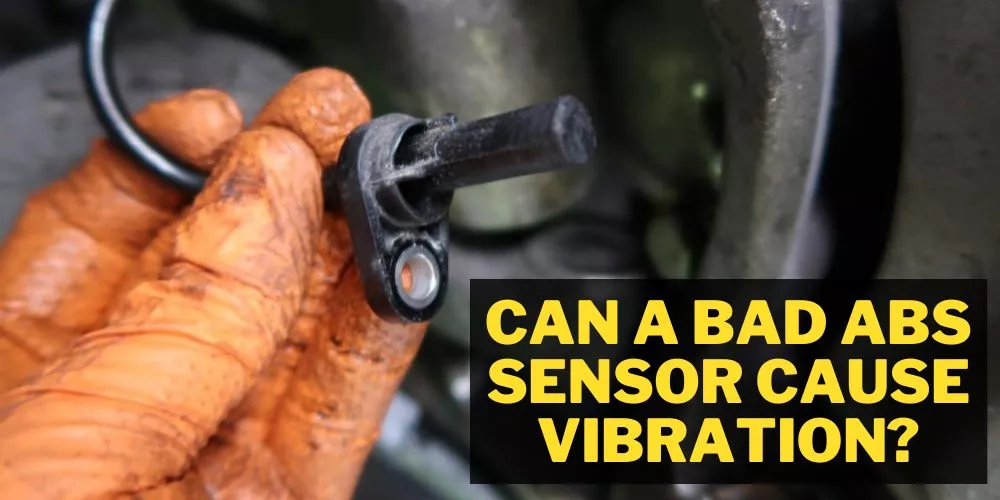The purpose of anti-lock braking systems (ABS) is to prevent your wheels from locking up while you apply the brakes. It pulses the brakes to slow down your vehicle.
To determine whether any adjustments are required, the ABS sensor measures the wheel speed, pedal effort, and braking force. But can ABS sensor cause transmission problems?
Yes, ABS sensor can cause transmission problems as both are connected in all modern vehicles. In fact, if your transmission system starts receiving bad signals from the ABS, then it can start malfunctioning.
Now. let’s talk about the transmission performance issues that an ABS sensor may be responsible for.
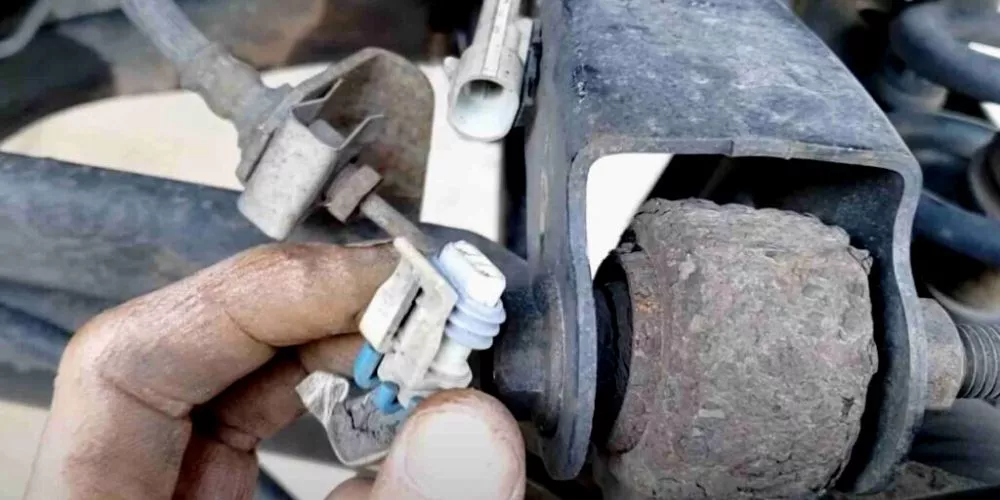
Contents
Can abs sensor cause transmission problems?
Yes, ABS can create gearbox problems. Let us understand the connection between the two systems to clear up any confusion you may have regarding it.
Today all modern cars come equipped with wheel speed sensors on each wheel. The sensors’ purpose is to track wheel speed and transmit that data to the ABS.
Additionally, the sensors send information about wheel speed to the traction control system. The ECU (Electronic Control Unit) is in charge of managing both the ABS and the traction control system.
To restore control of the vehicle, the ECU initiates the ABS or traction control when it gets information about an abnormal speed under certain circumstances.
These sensors are susceptible to malfunctioning, and they may eventually develop flaws and provide the ECU with inaccurate data. As a result, transmission issues could result from your transmission system receiving bad signals from the ABS.
What sensors can cause transmission problems?
A variety of sensors regulate the transmission. Let us understand in depth what are the sensors that can cause transmission problems.
Powertrain Control Module Microprocessor
The microprocessor in the powertrain control module has been referred to as the vehicle’s brain. It gathers its data from additional sensors positioned all around the car.
These transmission sensors are responsible for timing shifts as well as other aspects of shifting a vehicle.
The transmission control module, or TCM, is an extra microprocessor that manages how the transmission operates. Information from all of the sensors is provided to the microprocessors.

Here are a few of a car’s most popular transmission sensors. Here are a few sensors that could potentially interfere with a car’s gearbox.
Vehicle Speed Sensor
This sensor computes a vehicle’s speed. The automatic transmission might not work properly if it fails. By forcing the automatic gearbox into safety mode, this sensor may also provide the false impression that the issue is more serious than it actually is.
Turbine Speed Shaft Sensor
The Turbine Shaft Sensor is responsible for sensing the automatic transmission’s input shaft speed.
The information provided by the TSS is used by the electronic transmission control module to help configure the exact amount of torque converter clutch slippage.
If a failure occurs, an automatic transmission defect code is usually generated.
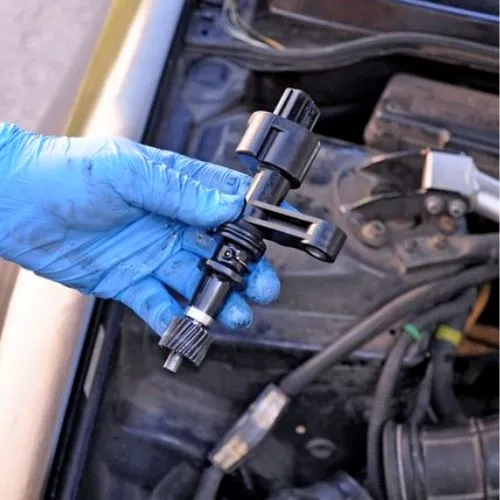
Transmission Input Speed Sensor
Input speed sensor keeps track of the input shaft’s RPM. The input shaft of the transmission will remain stationary when the engine is running and the transmission is either reverse or forward, in the instance of the automobile not moving.
This is due to “Slipping” a process where in the torque converter allows it to happen.
Transmission Output Speed Sensor
A vehicle’s output speed sensor’s job is to measure the rotational speed of the output shaft in RPMs.
Intake Air Temperature Sensor
The Air Intake Temperature sensor’s responsibility is to keep track of the air temperature when it enters the engine’s intake unit.
This sensor also controls the engine’s air/fuel ratio, making sure that the ideal balance is kept for the most effective and efficient operation.
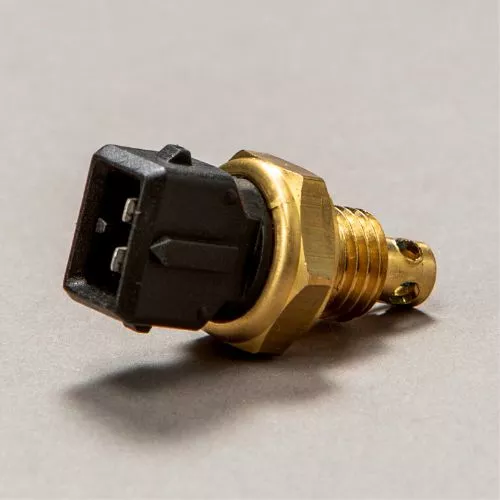
The system controlling the pressure for the automatic transmission also uses the sensor. If this sensor malfunctions, the transmission may produce gentle shifting in addition to severe and hard shifting. Drivers may see transmission fault codes as well.
Transmission Fluid Temperature Sensor
The transmission fluid temperature sensor measures the temperature of the automatic transmission fluid in the transmission. When the vehicle’s engine has not warmed up sufficiently.
This sensor is frequently utilized to delay the engagement of the converter clutch as well as overdrive.
When this sensor fails, you may or may not detect it right away, but a transmission error code will ultimately register.

The Manual Lever Position Switch
The Transmission Range Sensor is another name for the Manual Lever Position Switch. Its function is to inform the PCM of the transmission shifting location. The PCM will then use this information to determine which transmission gears to disable or enable.
If this sensor fails, your vehicle may start in the wrong gear. Furthermore, there will be no upshifts. You will experience a sensation similar to being “falling out of gear” or “out of gear.”
Throttle Position Sensor
The gas pedal controls the throttle position, which is measured by the throttle position sensor. The engine load is also measured by this sensor.
Automatic gearbox shifting problems may occur if a component malfunctions.
By delivering more fuel when the throttle is opened, this sensor helps monitor and regulate performance of the engine.
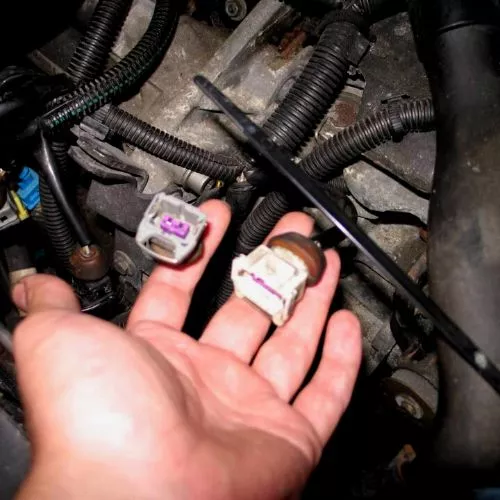
Coolant Temperature Sensor
Measurement of the engine coolant’s degree is the function of the coolant temperature detector. Additionally, if the engine gets too cold, this sensor prevents overdrive and the converter clutch from activating.
When the engine is cold, the engine and transmission control module modifies the vehicle’s air-fuel mixture ratio to produce a richer mixture using the coolant temperature sensor. This sensor will produce an automatic transmission error code if it malfunctions.
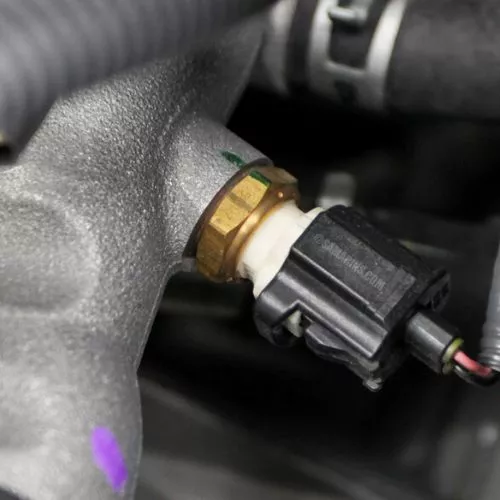
What sensor makes the transmission shift?
The PCM receives transmission shifter position information from the Transmission Range Detector. This data is used by the PCM to decide which gears to engage or disengage.
There may be incorrect gear selection, zero upshifts, or what appears to be a fall-out-of-gear situation when the TR sensor malfunctions.
What happens when you have a faulty ABS sensor?
The ABS sensors measure wheel speed, and if one fails, it might lead to major difficulties. Here are a few common signs indicating your sensor is not working properly.
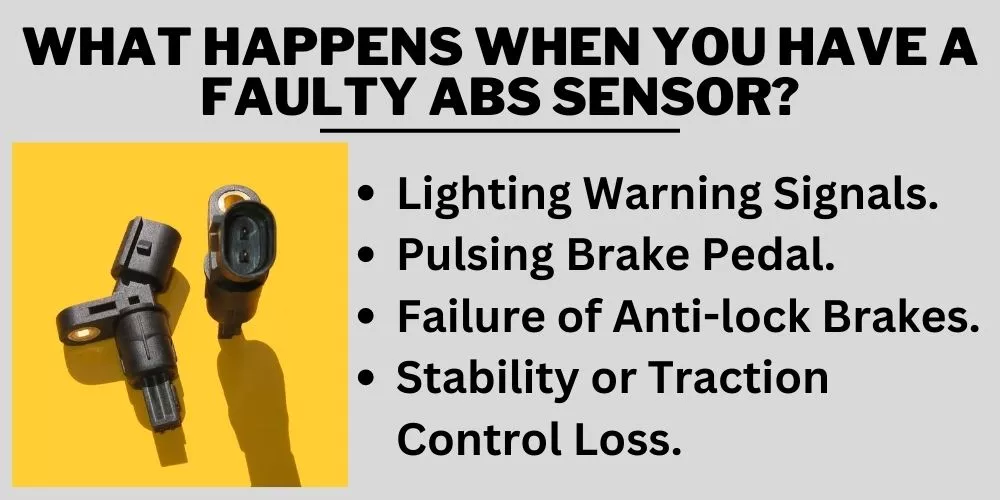
Lighting Warning Signals
On your dashboard, a number of crucial warning lights alert you to any imminent hazard. One of the primary indicators of an issue with the ABS wheel speed detector when it fails is likely to be the ABS light. At first, it might only result in the ABS warning light turning on.
The stability and traction control hazard lights could come on if the other systems aren’t working properly. If this occurs, look up local auto repair shops online to schedule an appointment with an experienced professional. Rarely, malfunctioning ABS wheel speed sensors could result in the speedometer losing its reading.
Pulsing Brake Pedal
When braking, the ABS sensors detect the speeds of each wheel. If any of the ABS sensors isn’t working properly, it will not detect correct speed for one or many wheels. The ABS control unit will consequently be duped into believing the automobile is sliding across a slippery road.
If you notice a pulsing brake pedal, call a repair technician right away to schedule an appointment because this is dangerous. As a result, the traction control and ABS will turn on, and you might notice that the brake pedal pulses or pumps as you apply the brakes.
Failure of Anti-lock Brakes
The anti-lock braking system stop working whenever an ABS wheel sensor breaks. The ABS warning light illuminates and the system puts out a notice when a fault is found. The ECM of the car then stops getting important information from the sensor.
This data is utilized by the system to evaluate whether the wheels are jamming up and require help. The ABS turns off until the issue is fixed because it cannot determine what is correct/incorrect.
Stability or Traction Control Loss
It’s possible to lose other challenges like stability support, roll stability, traction control, and assistance required while driving on an upward slope. The computer turns off these systems whenever the sensor stops providing data. Even if the ABS indicator is out, you could still experience problems.
The ABS device may be the culprit if you experience traction problems in bad weather or notice handling problems when braking hard. Another potential issue is poor electrical connections between the sensor and the ECM.
Frequently Asked Questions (FAQs)
Can a wheel speed sensor cause shifting problems?
The Vehicle Speed Sensor measures the speed of the vehicle. If it fails, the transmission may stop shifting or shift too slowly and harshly.
Does the ABS sensor affect acceleration?
Although unlikely, it is not impossible. The ABS sensors are also utilized for the traction control system, and if a wheel provides the incorrect wheel speed, the engine power can be reduced as a security measure.
Can a sensor make your transmission not shift right?
The transmission may exhibit symptoms such as delayed shifts, harsh shifts, and limited gear performance if the speed sensor is faulty.
Can the sensor affect my transmission?
The ISS sensor measures the speed of the input shaft. If these sensors become misaligned, the transmission system’s operation would suffer.
Conclusion
The anti-brake locking system is a vital mechanism for your car. If the sensors malfunction, it can create problems for the transmission system. Today almost all cars have ABS fitted in them.
Thankfully, there are some indications from the car with which you can identify the problem with the system. There are other sensors also that can affect the transmission. To safeguard the passengers, the system may shut down halting the travel for some time till the problem gets resolved.


